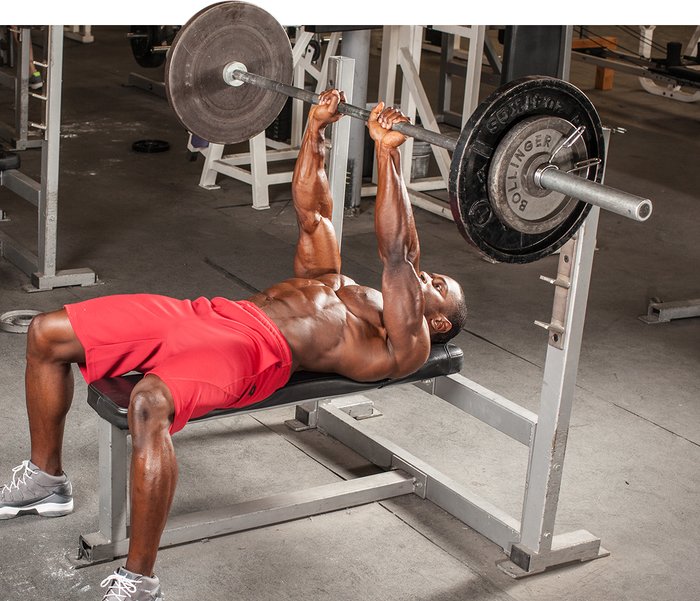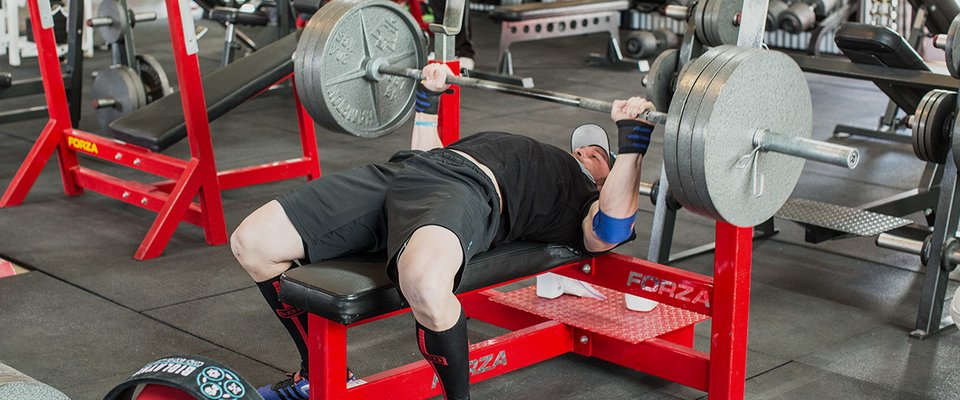Bench Press Hand Position

How hand placement changes the exercise 0 shares share on facebook share on twitter when youre working out in the weight room small changes can make a big difference.
Bench press hand position. Put your pinky on the ring marks of your bar. Lift your chest and squeeze your shoulder blades. With your elbows straight out to your sides the movement at the shoulder is primarily horizontal adduction with minimal flexion. Bench press with proper form.
There are certain positions that cause excessive stress on your glenohumeral joint. As with any lift proper starting position is imperative in performing the exercise correctly and the bench press is no different. Line up your eyes with the bar and make sure your neck is positioned neutrally to prevent injury. Elbow position in bench press bench press grip width elbow flare bench press hand position in bench press how to bench press chest workout chest bench bench press elbow bench press technique bench.
Normal grip with palms facing up focuses on the triceps. Lie on the flat bench with your eyes under the bar. Hand position on the bench press directly correlates with external rotation of the shoulder. If you dont have a power rack ask someone in the gym to spot you when you bench press.
Also wide grip bench puts emphasis on outer chest and shoulders while close grip bench puts emphasis on inner chest and triceps. Pectoralis major involvement is at its highest while anterior deltoid use is. How to bench press properly for maximum chest development without injuring your shoulders and joints. Reverse grip bench press with palms facing up puts more stress on your wrists and focuses the triceps.
The setup getting under the bar. Bench press grip guide. When your arm is externally rotated and abducted 900 from your body this is an at risk position for shoulder injury. A change in elbow position during the bench press shifts the shoulder movement from flexion to horizontal adduction and alters utilization of the three primary muscle groups.
How to determine your hand position for maximal chest involvement. The latter two are not used that much traditionally.




















